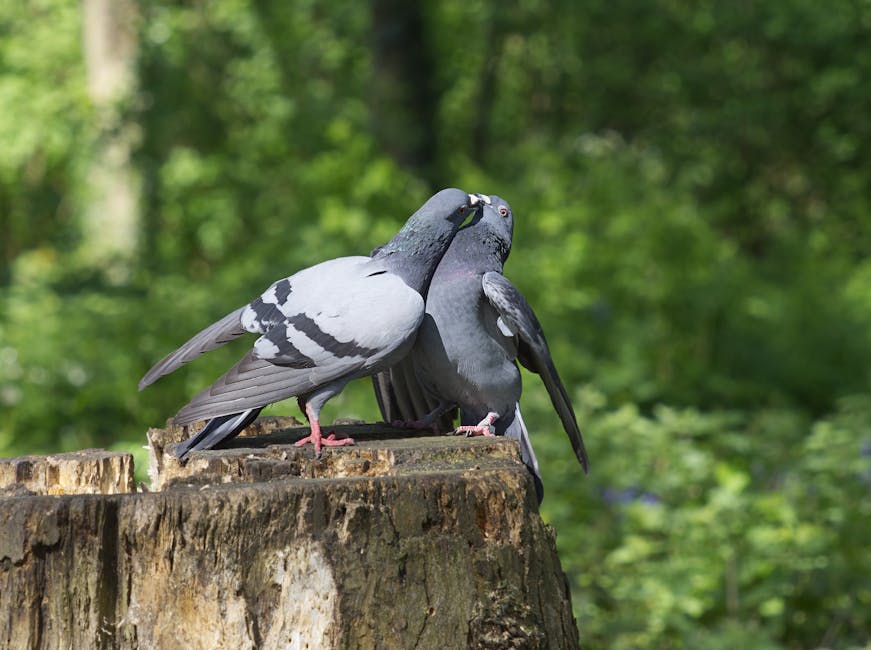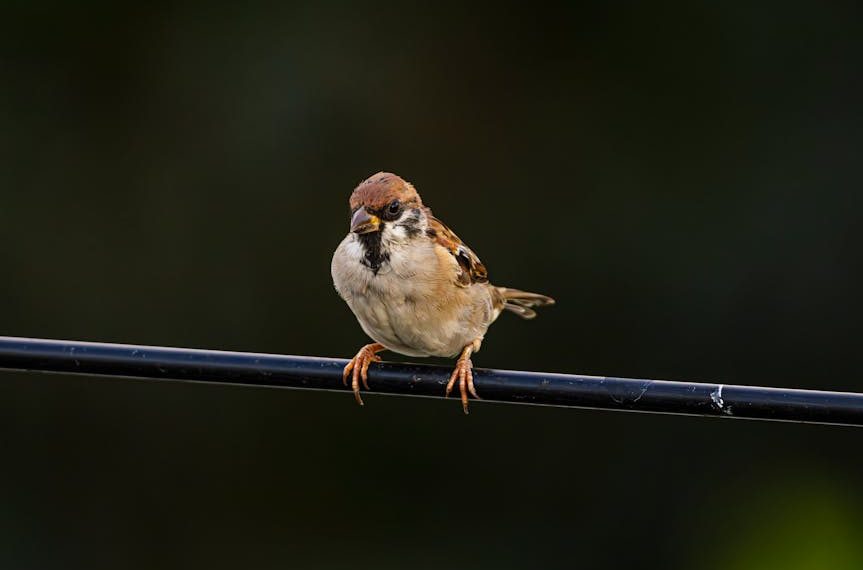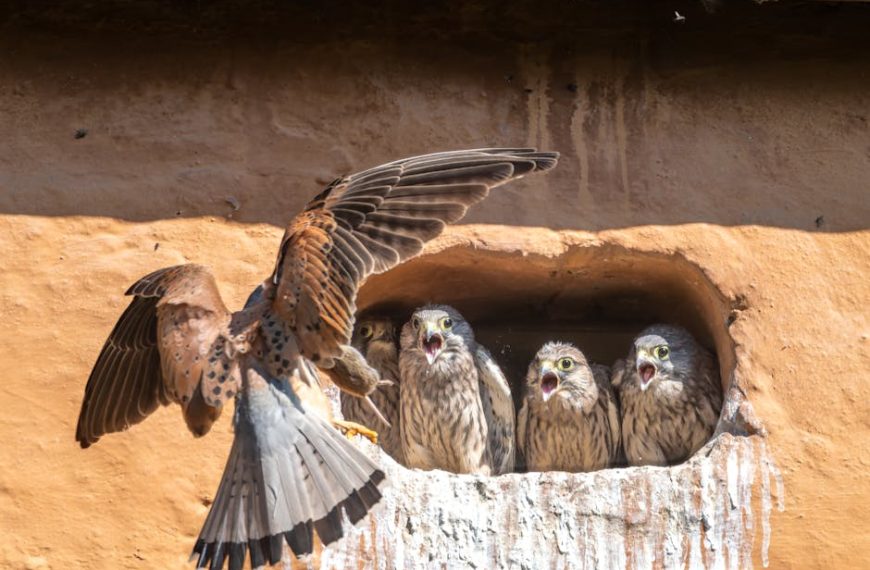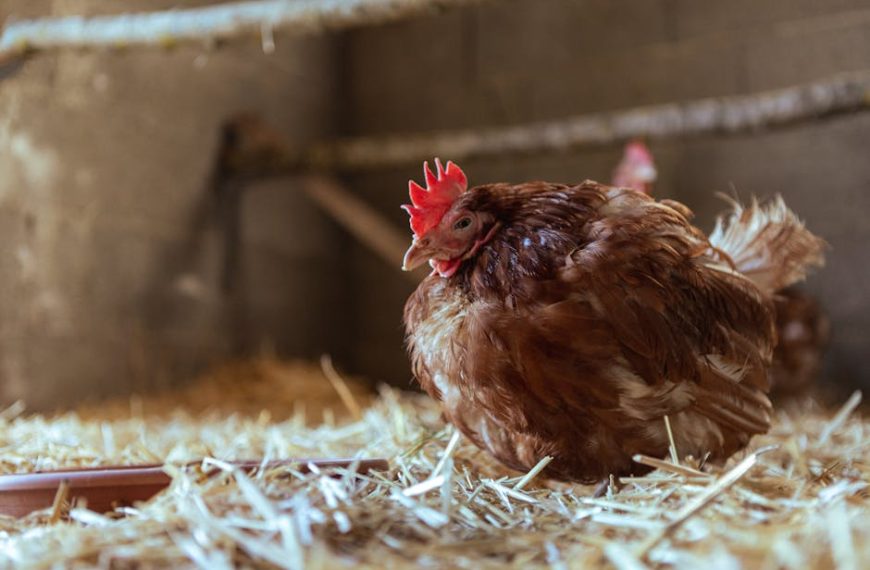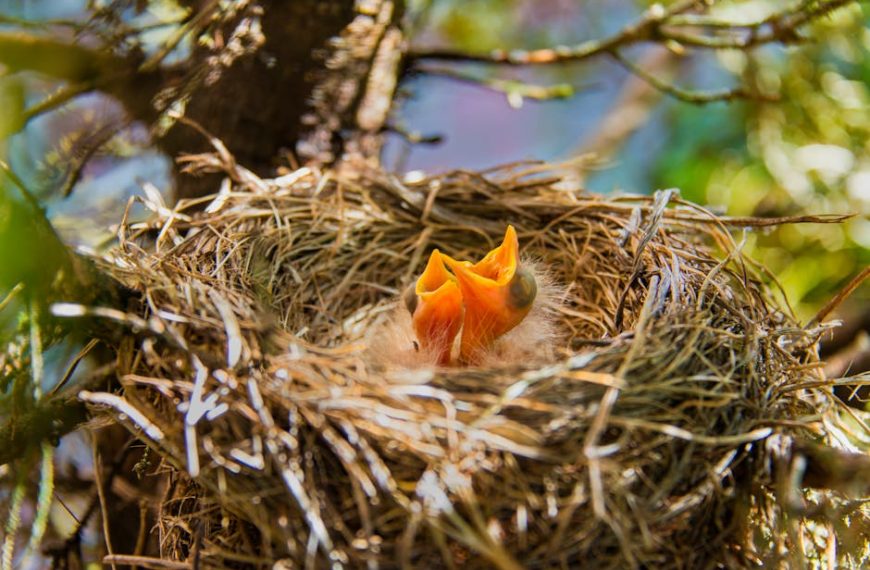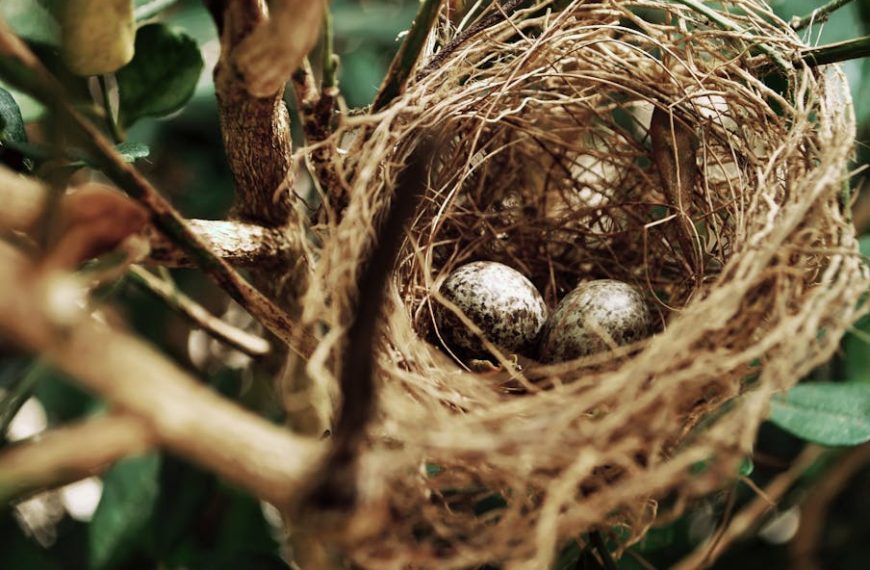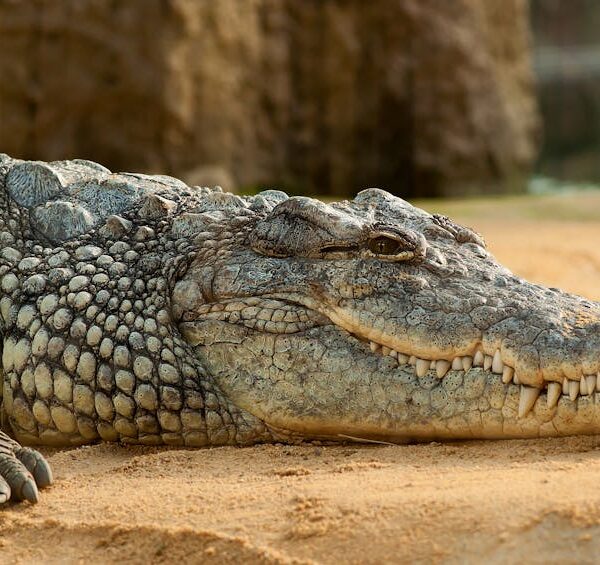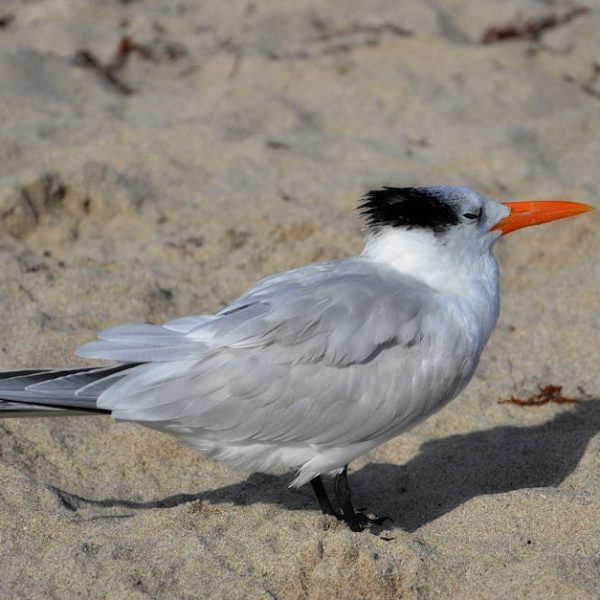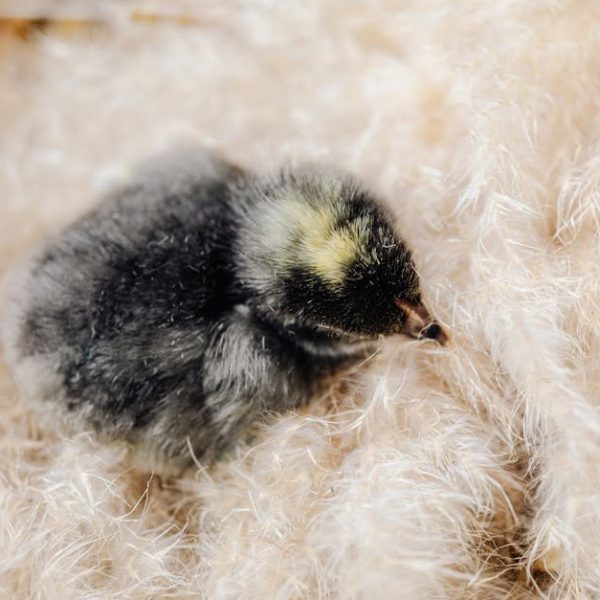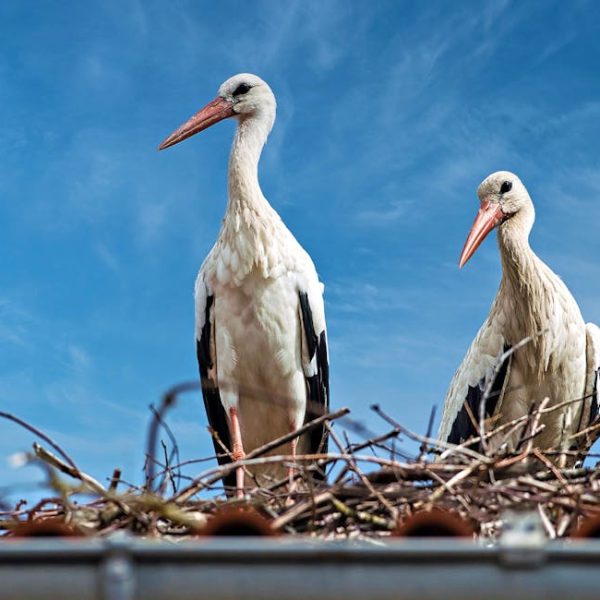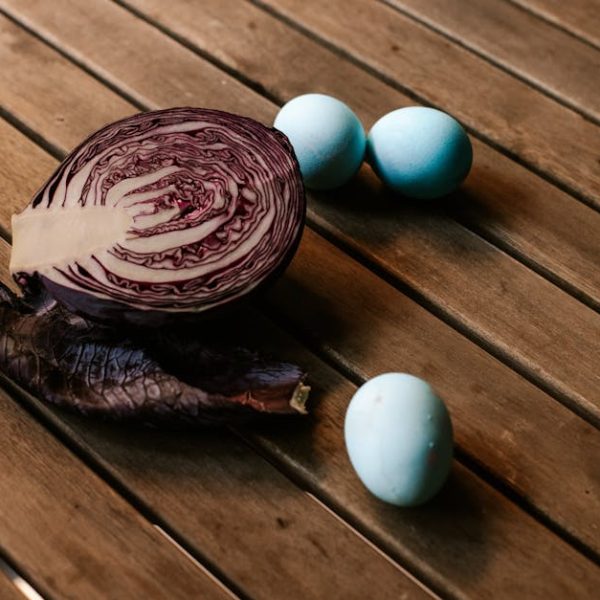What’s more captivating than witnessing the intricate rituals that unfold in nature’s stage? Especially those involving the purest form of life’s continuation – mating. Birds, with their diverse and colorful world, exhibit particularly fascinating behaviors when it comes to reproduction. The mating rituals of birds are an extensive array of displays and behaviors, designed to attract and win over a potential mate, communicating important attributes regarding the bird’s health, strength, and suitability for parenting.
Understanding Avian Courtship Behaviors
Birds across the species spectrum engage in a multitude of courtship rituals, each remarkably different, yet equally crucial, from intricate dances and chatter to grand displays of color and even gift-giving – nature’s own rendition of romance. These practices are much more than mere spectacles, they are a bird’s way of expressing their genetic strength, skills, and care-giving tendencies to their potential partners.
Some typical bird courtship rituals include:
- Vocalizations: Birds are well-known for their musical and often long-distance calls, designed to win the attention of a mate, and emphasize their territory.
- Dances: Think of the mating waltz of the Albatross or the flamboyant strutting of Peafowls, captivating their potential mates with these choreographed movements.
- Nest Building: Certain bird species, like the Weaverbirds, tailor intricate nests to prove their superiority as a provider and protector.
- Gift Giving: The practice of presenting objects or food to a potential mate exhibits the bird’s capabilities as a provider.
Icon – Birdwatching Pro-tip: Keen observation is key! The devil is in the detail when it comes to avian courtship rituals. For instance, the way they angle their feathers or the distinct shape they make with their bodies can be indicators of an ongoing courtship ritual.
Fascinating Bird Mating Rituals: Some Examples
From charmingly simple to admirably elaborate, bird mating rituals vary vastly across species. Consider the Bowerbirds, for example, the males construct and decorate nests, or bowers, using bold colored objects they collect, in an attempt to attract females. On the other hand, the act of displaying their iridescent plumes in a grand spectacle is all it takes for peacocks to woo their mates.
And let’s not forget the adorable dance-offs that happen between Gibbons during the breeding season or the intricate nest-weaving of the Sparrows – each behavior as unique as the species.
Best Practice – Birdwatching: Retain minimal interference — these rituals are highly sensitive to disruptions. Use binoculars, maintain a safe distance, and remember, patience is a virtue in the world of birdwatching.
To be continued with more about the role of vocalizations in bird courtship, why physical displays so critical in bird mating, and what happens after the rituals.
The Role of Vocalizations in Bird Courtship
In the world of birds, sound is a powerful tool for communication, especially during courtship. Many birds have a diverse portfolio of songs and calls that they use to draw in potential mates or intimidate rivals, but some truly go the extra mile. For instance, some male songbirds even develop unique melodies specifically for courtship, essentially composing a serenade for their desired mate.
Common patterns of bird songs that indicate courtship might include:
- Persistent repetition: A repeated call can signify a determined and energetic male, which can be quite appealing.
- Distinct melodies: Especially for songbirds, a complex melody can showcase the bird’s intellect and memory, attractive qualities in a mate.
- Volume and range: Loud calls that carry far may imply a larger, stronger bird, while a wide range of tones might suggest youth and vigor.
Table: Natural bird songs VS human-introduced noise
| Birdsongs | Human-introduced noise |
|---|---|
| Natural part of the ecosystem | Often disruptive to the ecosystem |
| Carries important signals about the bird’s strength, territory, and mate-ability | Can drown out birdsong, making it hard for potential mates and rivals to discern these signals |
| Can adjust to environmental and predatory factors | Can cause stress to birds and disrupt their normal behaviors |
The Importance of Physical Displays in Bird Mating
Subtle or extravagant, physical displays play a pivotal role in bird courtship. Many birds boast brightly colored plumage, engage in enchanting dances, or express specific behaviors that, to the trained eye, may strike as odd but are indeed a part of their courtship.
Some species even undergo major transformation for these displays:
- Color bursts: Many birds, like the Flamingos, boast vibrant hues during the breeding season, enhancing their attractiveness.
- Fancy moves: From the high-speed spinning of the Hummingbirds to the impressive sky dances of the Skylarks, movement is a crucial part of courtship.
- Peculiar behaviors: Certain birds engage in unique behaviors such as Bellbirds who produce deafening calls, suggesting strength and vitality to a potential partner.
Icon – Birdwatching Pro-tip: Always be prepared with a good pair of binoculars and a patient mind. You’ll be able to notice the details that really matter, like feather puffing, head bobbing, or the angle of a tail-feather display.
The Process of Bird Mating: After the Rituals
Once the courtship rituals are complete, the real marvel begins. From what we humans might consider a simple act of mating to the complicated processes of nest-building, egg-laying, incubation, and even chick-rearing, the bird’s journey of propagating its species is undoubtedly magical.
The typical stages of the bird mating process include:
- Courting
- Mating
- Nest-building
- Egg-laying
- Incubation
- Chick-rearing
While it varies greatly across species, in many cases, both parents share responsibilities, making bird parenting a truly beautiful act of cooperation and care.
Best Practice – Birdwatching: Respect and space are crucial when you’re watching these intimate moments. Approach nests slowly and quietly, avoid making sudden movements or loud noises, and never touch the eggs or chicks. Your goal as a birdwatcher is to observe without causing any disturbance or disruption. Happy birdwatching!
Key Takeaway:
- Birds utilize a wide range of courtship rituals, each contributing to communication and signaling of qualities like genetic strength, skills, care-giving tendencies, and territory.
- Typical bird courtship behaviors include vocalizations, dances, nest building, and gift-giving. Each signaling different aspects of a potential mate’s suitability.
- Bird species exhibit unique mating rituals from simple to elaborate, showcasing different strategies to attract mates.
- Birds employ a range of sounds or songs during courtship for communication; certain species even develop unique melodies specifically for wooing mates.
- Physical manifestations like flamboyant displays and peculiar behaviors are a crucial part of the courtship process.
- After successful courtship and mating, birds engage in nest building, egg laying, incubation, and chick-rearing, often cooperatively sharing responsibilities.
Observing birds engage in their intricate rituals of courtship can be both fascinating and educative. Respectful patience and keen attention to details hold the key to understanding these behaviors. So the next time you’re out birdwatching, stay low, listen closely, and enjoy the spectacle.
FAQs
Q: How long does a typical bird courtship ritual take?
A: The duration varies significantly among different species. Some birds might court over a period of days or weeks, while others might finish their rituals in mere moments.
Q: Do birds mate with the same partner each season?
A: It depends on the species. Some birds, like swans and albatrosses, form lifelong partnerships, while others change mates every breeding season.
Q: How can I differentiate between courtship behaviors and regular bird behaviors?
A: Courtship behaviors are usually more pronounced and dramatic than regular behaviors. Watching attentively for extraordinary displays of color, sounds, or movements can help identify courtship behaviors.
Q: Are there any specific times when birds are more likely to engage in courtship?
A: Birds generally engage in courtship rituals during the breeding season, which can vary depending on geography and species.
Q: Does human presence or interference disturb bird mating rituals?
A: Yes, human presence or noise can potentially disrupt these sensitive rituals. It’s important to observe from a distance and avoid causing any disturbance to the birds.
Remember sharing is caring. If you found this article interesting, spread the love and explore more posts on our website.
